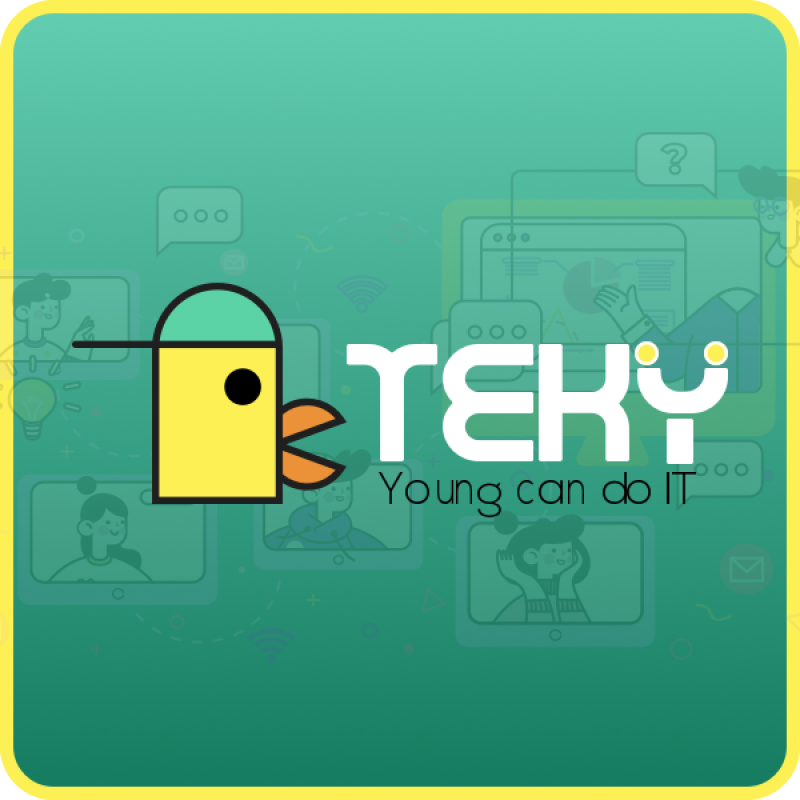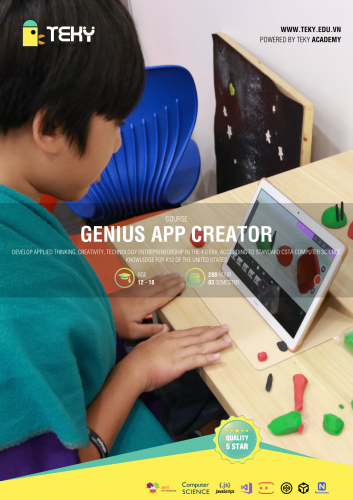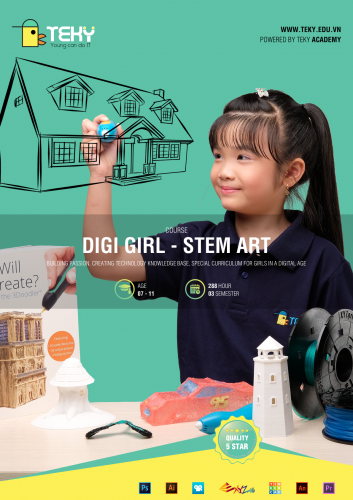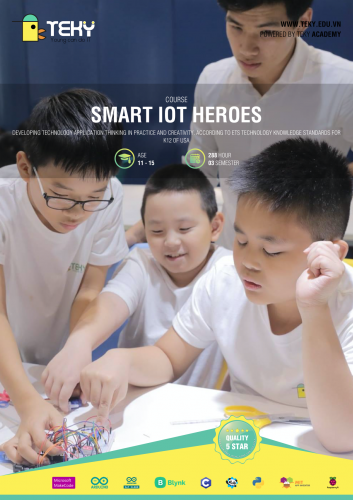Can evaluate and apply information technology, including new or unfamiliar technologies, analytically to solve problems.
Are responsible, competent, confident and creative users of information and communication technology.
Understand what algorithms are; how they are implemented as programs on digital devices; and that programs execute by following precise and unambiguous instructions.
Create and debug simple programs.
Use logical reasoning to predict the behaviour of simple programs.
Use technology purposefully to create, organise, store, manipulate and retrieve digital content.
Recognise common uses of information technology beyond school.
Use technology safely and respectfully, keeping personal information private; identify where to go for help and support when they have concerns about content or contact on the internet or other online technologies.
Design, write and debug programs that accomplish specific goals, including controlling or simulating physical systems; solve problems by decomposing them into smaller parts.
Use sequence, selection, and repetition in programs; work with variables and various forms of input and output.
Use logical reasoning to explain how some simple algorithms work and to detect and correct errors in algorithms and programs.
Learn to analyse problems in computational terms
Be responsible, competent, confident and creative users of information and communication technology.
Learn to evaluate and apply information technology, including new or unfamiliar technologies, analytically to solve problems.
Understand and apply the fundamental principles and concepts of computer science, including abstraction, logic, algorithms and data representation.
Understand several key algorithms that reflect computational thinking.
Understand the hardware and software components that make up computer systems.
Undertake creative projects that involve selecting, using, and combining multiple applications, preferably across a range of devices.
Design purposeful, functional, appealing products for themselves and other users based on design criteria.
Investigate and analyse a range of existing products.
Evaluate their ideas and products against their own design criteria and consider the views of others to improve their work.
Apply their understanding of computing to program, monitor and control their products.
Achieve challenging goals, including collecting and analysing data and meeting the needs of known users.
Create, re-use, revise and re-purpose digital artefacts for a given audience, with attention to trustworthiness, design and usability.
Design and develop modular programs that use procedures or functions.
Use two or more programming languages, at least one of which is textual, to solve a variety of computational problems.
Develop and apply their analytic, problem-solving, design, and computational thinking skills.
Develop their capability, creativity and knowledge in computer science, digital media and information technology.
Generate, develop, model and communicate their ideas through talking, drawing, templates, mock-ups and, where appropriate, information and communication technology.
Select from and use a range of tools and equipment to perform practical tasks [for example, cutting, shaping, joining and finishing].
Select from and use a wide range of materials and components, including construction materials, textiles and ingredients, according to their characteristics.
Explore and evaluate a range of existing products.
Evaluate their ideas and products against design criteria.
Build structures, exploring how they can be made stronger, stiffer and more stable.
Generate, develop, model and communicate their ideas through discussion, annotated sketches, cross-sectional and exploded diagrams, prototypes, pattern pieces and computer-aided design.
Select from and use a wider range of tools and equipment to perform practical tasks [for example, cutting, shaping, joining and finishing], accurately.
Select from and use a wider range of materials and components, including construction materials, textiles and ingredients, according to their functional properties and aesthetic qualities.
Understand and use electrical systems in their products [for example, series circuits incorporating switches, bulbs, buzzers and motors].
Identify and solve their own design problems and understand how to reformulate problems given to them.
Develop and communicate design ideas using annotated sketches, detailed plans, 3-D and mathematical modelling, oral and digital presentations and computer-based tools.
Develop the creative, technical and practical expertise needed to perform everyday tasks confidently and to participate successfully in an increasingly technological world.
Test, evaluate and refine their ideas and products against a specification, taking into account the views of intended users and other interested groups.
Apply computing and use electronics to embed intelligence in products that respond to inputs [for example, sensors], and control outputs [for example, actuators], using programmable components [for example, microcontrollers].
Understand simple Boolean logic and some of its uses in circuits and programming.






User reviews for Programming, Robotic, Multimedia Courses
You need to log in to post a review.